The Lost Art of Storytelling: From Insightful Tales to Digital Screens
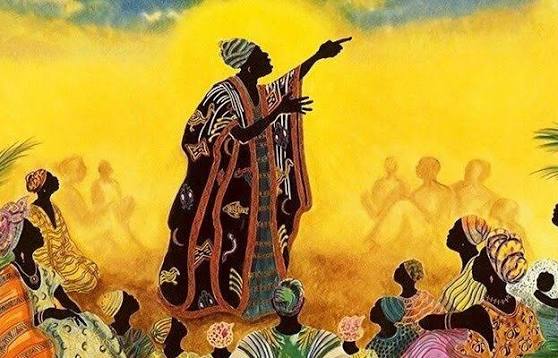
Introduction
Once upon a time, long before the blue light of television flickered in living rooms, and long before Netflix asked, “Are you still watching?” African nights belonged to the storytellers. Children sat cross-legged under the moonlight, their wide eyes reflecting the soft glow of lanterns or the crackle of firewood. Mothers, fathers, and grandparents, the keepers of memory, wove entire worlds with nothing but their voices.
The night air would swell with tales of trickster tortoises who outsmarted kings, spirits who roamed the forests, and heroes who fought impossible battles. These stories were never just entertainment; they were vessels. Each myth carried a lesson, each fable a warning, each legend a mirror reflecting the values of the community. Children listened, questioned, and imagined: “But how did the tortoise carry all that yam?” or “Did the moon really swallow the hunter?” In those curious questions, imagination was fed, creativity nurtured, and identity preserved.
But today, the fire has dimmed. Storytelling has shifted from courtyards to living rooms, from moonlight to screen light. Our storytellers are fewer, our stories shorter—and sometimes, our children no longer know them at all.
The Echoes We Inherited
Storytelling in Africa was never just about words. It was an art form—rhythm, repetition, exaggeration, and performance woven together. A pause meant suspense. A clap demanded attention. And when children answered with a chorus of “Yes!” the story came alive.
These tales carried moral compasses: the greedy were punished, the wise were rewarded, and the foolish learned the hard way. But beyond simple lessons, they preserved myths and legends—half-truths, perhaps, yet truths all the same. They offered children a world larger than themselves, one where animals talked, rivers listened, and the stars kept secrets.
Today, many of those echoes have grown faint. A child is more likely to know the story of Cinderella than the cunning tricks of the tortoise or the ancient histories of their own land. They can name Disney princesses with ease but hesitate, even stutter, when asked about Queen Amina of Zazzau, a warrior who once defended kingdoms. In trading our own myths for borrowed ones, what parts of ourselves have we silenced?
The Digital Shift
To be clear, modern storytelling hasn’t died; it has only changed costume. Netflix, YouTube, TikTok, these too are storytellers, but with a different voice. Their tales arrive in pixels, their morals blurred, their myths global rather than local. A child now asks, “Why does Spider-Man shoot webs?” instead of, “Why did the tortoise crack his shell?”
Yet this digital shift comes with its own shadow. Children are glued to screens, lost in endless scrolling, their imaginations dictated by algorithms. Family bonding, the laughter around a fire, the arguments over which character was right or wrong, has been replaced by silence in the living room, each face lit by a separate screen.
The shift isn’t inherently evil. Stories evolve, cultures merge, and every generation rewrites its narratives. But what is at stake is memory. Without memory, identity weakens. And without our stories, how do we explain ourselves to ourselves?
Why Storytelling Matters More Than Ever
We live in a distracted age. Attention spans shrink, curiosity is outsourced to Google, and myths compete with memes. Yet, the hunger for story is still there. Humans are wired for narrative; it is the thread through which we make sense of the world.
True storytelling brings more than just amusement. It cultivates critical thinking, allowing children to question, compare, and draw lessons. It fosters family bonding, where laughter, surprise, and reflection are shared in the intimacy of togetherness. It grounds culture, anchoring children in values that might otherwise be lost in the rush of modernity.
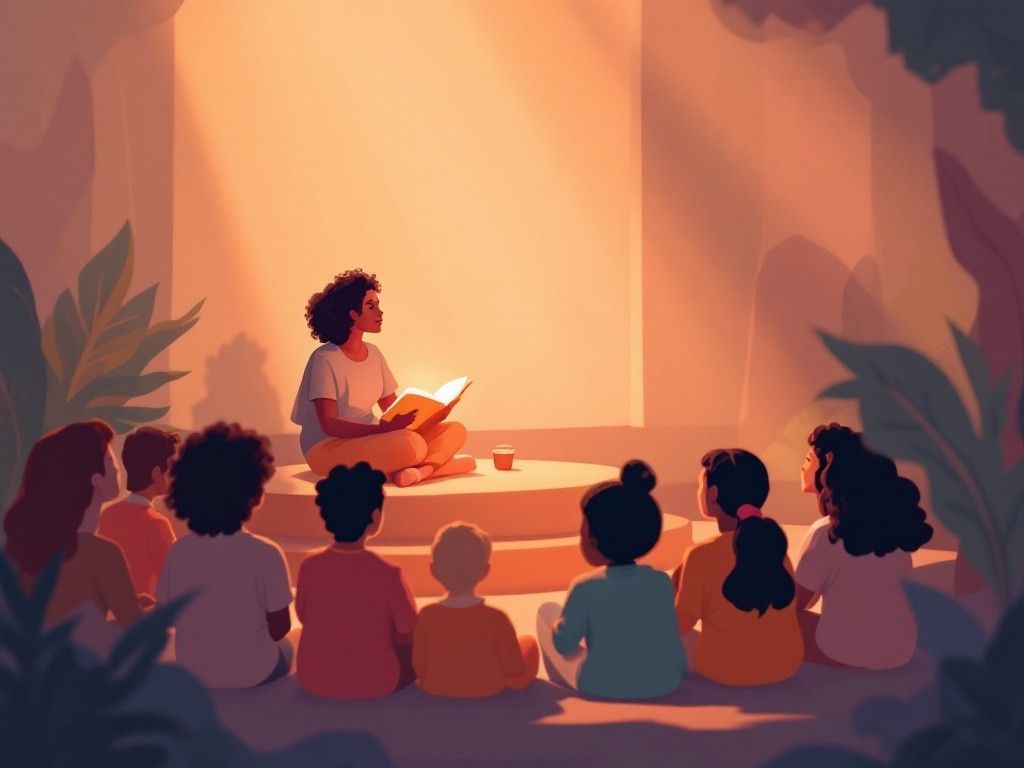
The loss of traditional storytelling isn’t just nostalgia, it is a cultural wound. In those tales lived resilience, the ability to dream beyond hardship and imagine a better tomorrow. In those tales lived wisdom, generations of advice cleverly disguised as entertainment. And in those tales lived community, the simple act of gathering, listening, and belonging.
This is why parents, educators, and cultural custodians must consciously weave storytelling back into the fabric of daily life. Not merely as bedtime rituals or occasional performances, but as living practices, carried in classrooms, in family gatherings, in cultural events. For in telling and retelling, we pass on more than stories; we pass on survival, imagination, and identity.
Rekindling the Fire: Carrying Our Stories Forward
And while the fire may be dim, it is not extinguished. Storytelling can be reborn—parents can begin again, even in small ways: swapping bedtime cartoons for bedtime tales. Schools can weave folklore into lessons, not as relics but as living wisdom. Writers and creatives can modernize myths, retelling them in novels, films, or even animations that compete with global blockbusters.
Because storytelling is not about resisting change—it is about carrying our roots into the future. Let Anansi walk alongside Spider-Man. Let the tortoise outwit Batman for once. Let the myths of our people remind the world that Africa’s imagination has always been vast, bold, and enduring.
Closing Reflection
Perhaps one day, a child will put down the iPad and say: “Tell me a story.” And perhaps, a parent will smile, remembering the moonlit nights of their own childhood. They will begin, as their ancestors did:
“Once upon a time…”
And in that moment, memory will not be lost. It will simply have changed its clothing, waiting patiently for someone to call it back to life.
More Articles from this Publisher
Top Eleven Nigerian Artists Making Waves In Nigeria

A culture-driven look at Nigeria’s top music artists, exploring their influence, hit songs, and lasting impact on Af...
The Aesthetics of Y2K as the Height of Futuristic Fashion, Not Just a Past Trend

An in-depth cultural commentary on Y2K fashion, exploring how the 90s style of clothing continues to shape Gen Z style, ...
Leonardo da Vinci: The Man Who Painted the Future

Read about the life and legacy of Leonardo da Vinci, the Renaissance polymath whose art, inventions, and notebooks shape...
Is ₦7.5 Million the New Price of Belonging in Nigeria’s Financial System?

Standard Chartered Bank’s ₦7.5 million minimum balance policy sparks debate on classism, financial access, and the role ...
Is Your Parenting Protecting Your Child or Programming Classism?

A reflective parenting commentary on how classism is subtly taught at home, shaping children’s values, relationships, an...
Climate Change Is Happening But Are We Just Complaining?
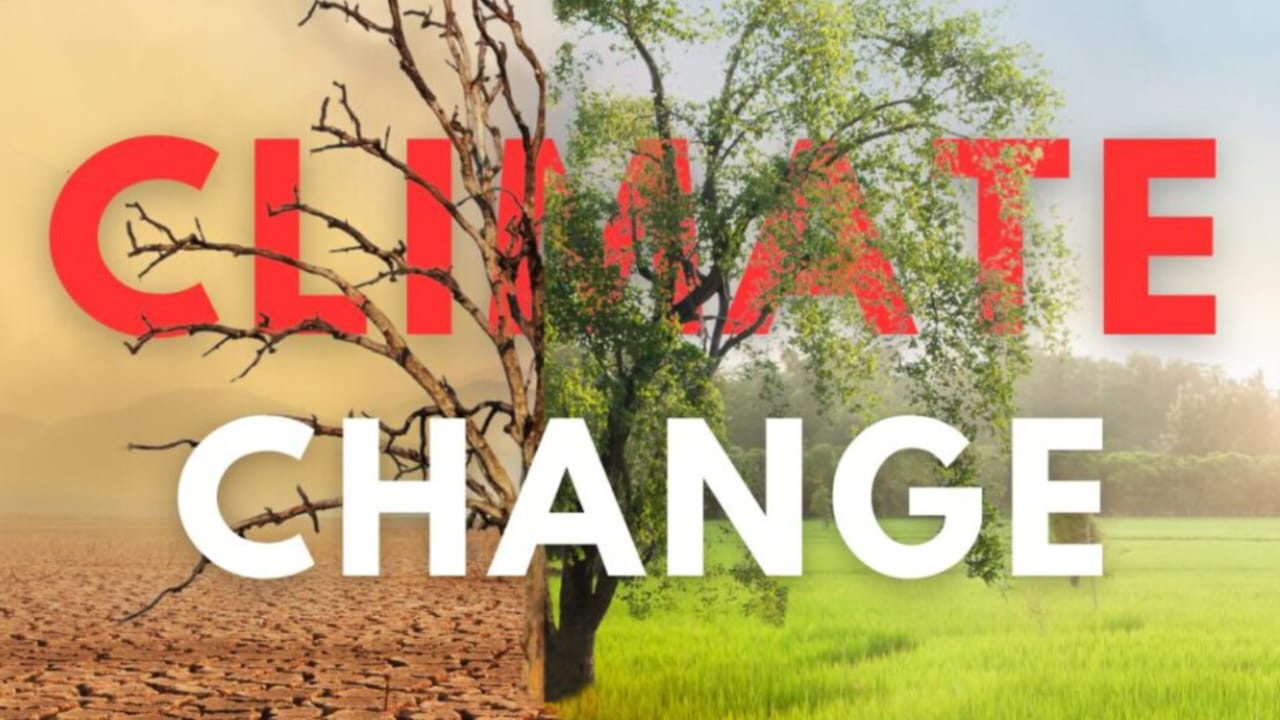
A reflective climate commentary exploring Africa’s role, responsibility, and vulnerability in climate change, from indus...
You may also like...
Super Eagles' Shocking Defeat: Egypt Sinks Nigeria 2-1 in AFCON 2025 Warm-Up

Nigeria's Super Eagles suffered a 2-1 defeat to Egypt in their only preparatory friendly for the 2025 Africa Cup of Nati...
Knicks Reign Supreme! New York Defeats Spurs to Claim Coveted 2025 NBA Cup

The New York Knicks secured the 2025 Emirates NBA Cup title with a 124-113 comeback victory over the San Antonio Spurs i...
Warner Bros. Discovery's Acquisition Saga: Paramount Deal Hits Rocky Shores Amid Rival Bids!
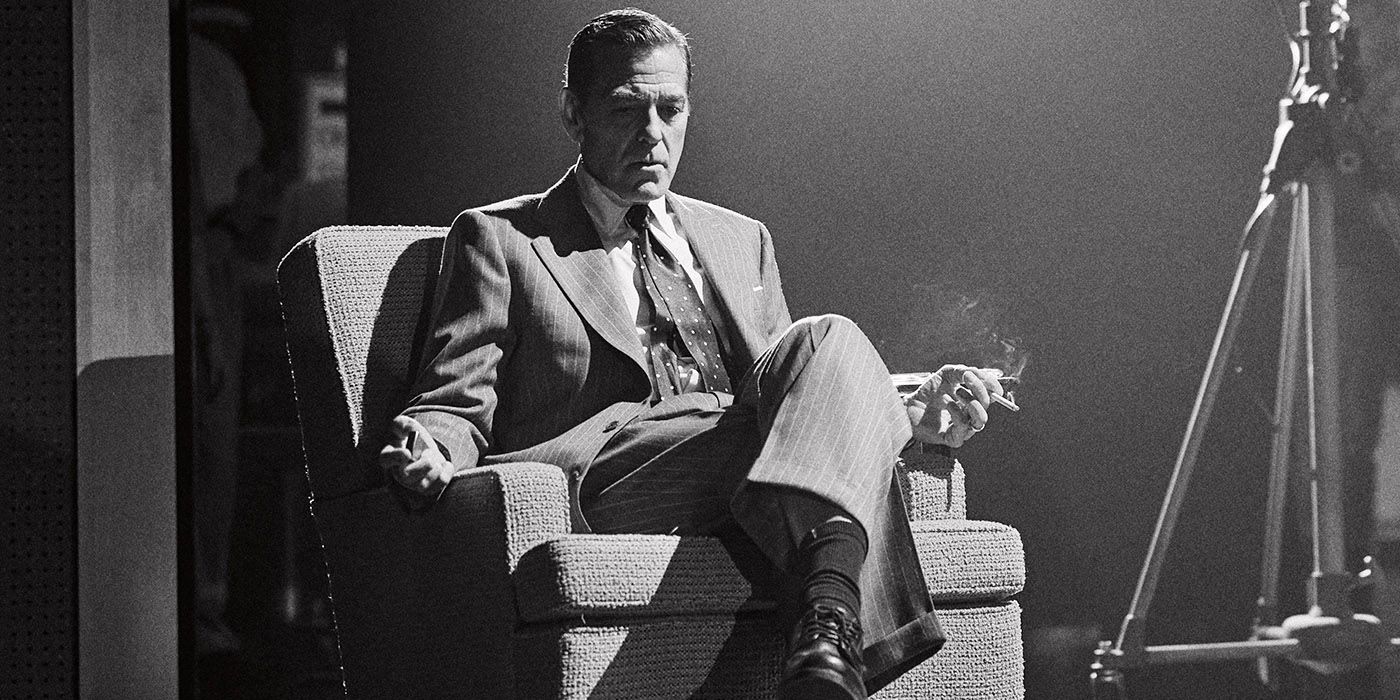
Hollywood's intense studio battle for Warner Bros. Discovery concluded as the WBD board formally rejected Paramount Skyd...
Music World Mourns: Beloved DJ Warras Brutally Murdered in Johannesburg

DJ Warras, also known as Warrick Stock, was fatally shot in Johannesburg's CBD, adding to a concerning string of murders...
Palm Royale Showrunner Dishes on 'Much Darker' Season 2 Death
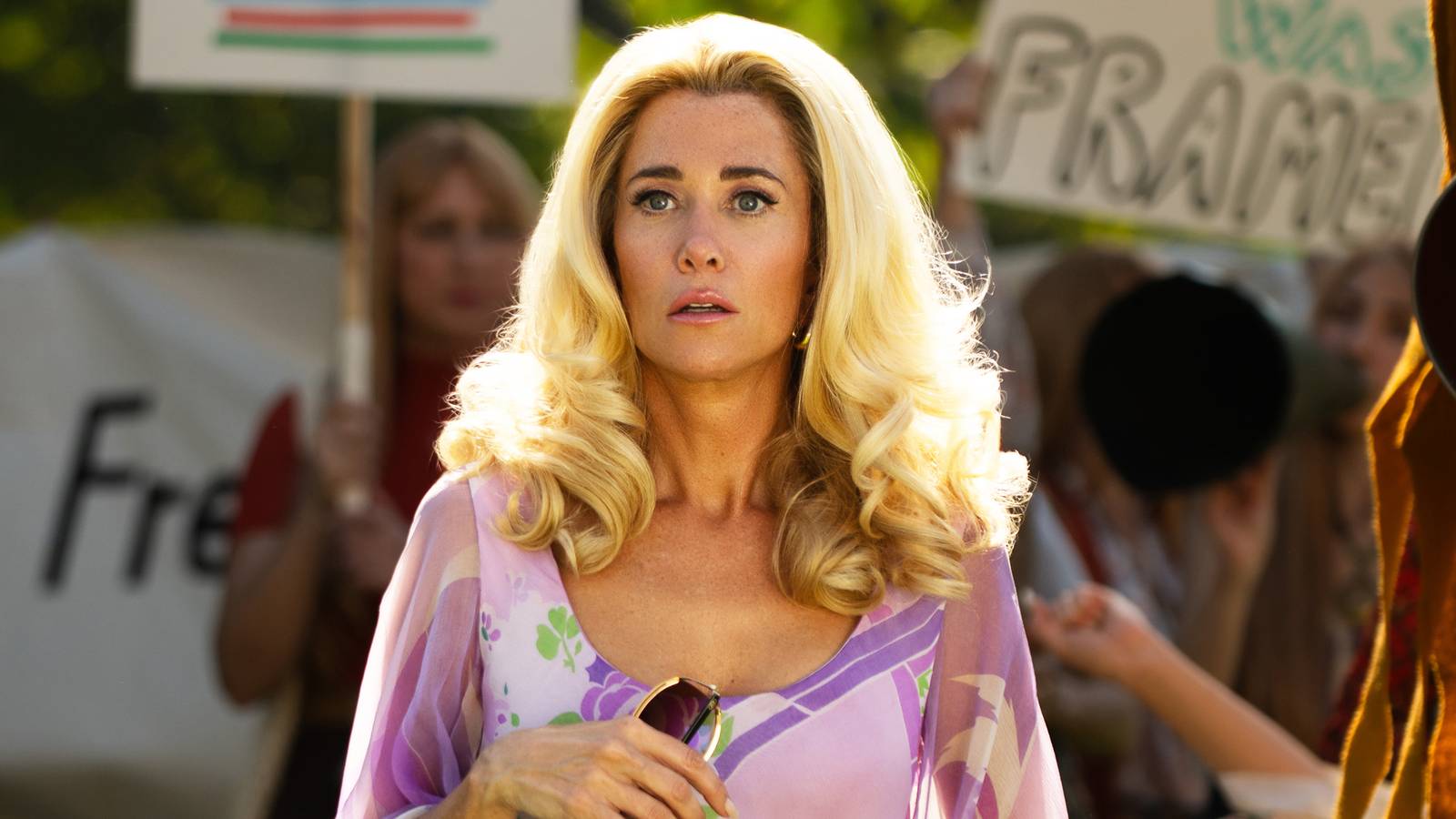
"Palm Royale" Season 2, Episode 6, introduces a shocking twin twist, with Kristen Wiig playing both Maxine and her long-...
World Cup Fiasco: DR Congo Faces Eligibility Probe, Sparks 'Back Door' Accusations from Nigeria

The NFF has petitioned FIFA over DR Congo's alleged use of ineligible players in the 2026 World Cup playoffs, potentiall...
Trump's Travel Ban Fallout: African Nations Hit Hard by US Restrictions

The Trump administration has significantly expanded its travel restrictions, imposing new partial bans on countries like...
Shocking Oversight: Super-Fit Runner Dies After Heart Attack Symptoms Dismissed as Heartburn

The family of Kristian Hudson, a 'super-fit' 42-year-old marathon runner, is seeking accountability from NHS staff after...
